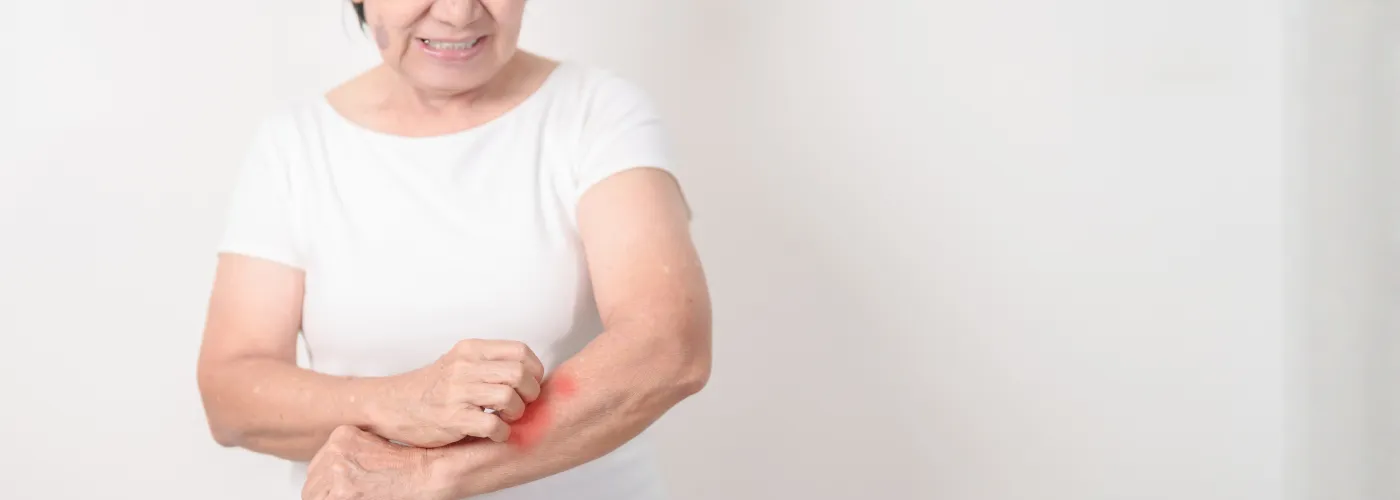Topics
Shingles, medically known as herpes zoster, is a viral infection caused by the reactivation of the varicella-zoster virus—the same virus responsible for chickenpox. Individuals who have previously had chickenpox are at risk of developing shingles, as the virus remains dormant in the body. When reactivated, it can lead to a painful rash and blisters, typically occurring on one side of the body.
This article explores the causes, symptoms, risk factors, and complications of shingles. Additionally, it highlights prevention strategies and treatment options. If you suspect you may have shingles or have been exposed to the condition, seek prompt medical care at Pantai Hospitals to reduce complications and ensure a speedy recovery.
What Are the Risk Factors for Shingles?
1. Weakened Immune System
A compromised immune system increases susceptibility to shingles. This is particularly true for individuals with chronic illnesses such as cancer, HIV, or those undergoing treatments like chemotherapy.
2. Advancing Age
The risk of shingles rises with age. Individuals over 50 are more prone to the condition, with a significant increase in severity and risk for those over 60 due to declining immune function.
What Are the Symptoms of Shingles?
Early Signs: Burning, Shooting Pain, Tingling, or Itching
Initial symptoms include unusual sensations on the skin, such as burning, tingling, or shooting pain in the area where the rash will appear. These sensations can feel like a persistent itch or irritation, making the skin highly sensitive to touch.
Pain on One Side of the Body or Face
Shingles typically affects only one side of the body as the virus reactivates along a specific nerve pathway. This one-sided pain is a hallmark feature, distinguishing shingles from other conditions.
Rash and Blisters
A few days after the initial symptoms, a rash emerges. It starts as red patches that form clusters of fluid-filled blisters. These blisters often appear in a stripe-like pattern on one side of the torso or face. The blisters eventually burst, crust over, and heal within 7 to 10 days.
Localised Rash
The rash commonly wraps around one side of the body in a band-like pattern or affects areas of the face near the eyes, ears, or mouth. Facial shingles can lead to complications such as vision or hearing problems if left untreated.
Widespread Rash (Rare)
In rare cases, individuals with weakened immunity may experience a rash that spreads across larger areas of the body, resembling severe chickenpox. Immediate medical intervention is necessary in such cases to prevent complications.
Systemic Symptoms: Fever, Chills, and Headache
Shingles may also present with systemic symptoms such as mild to moderate fever, chills, and headaches, often occurring before the rash develops. These symptoms signal the immune system’s response to the reactivated virus.
Is Shingles Contagious?
Shingles itself is not contagious. It occurs due to the reactivation of the varicella-zoster virus already present in the body of someone who has previously had chickenpox. Factors such as stress, ageing, or a weakened immune system can trigger this reactivation.
However, the fluid from shingles blisters contains the virus and can transmit chickenpox to individuals who have never had the illness or been vaccinated against it. To minimise this risk, cover the rash and avoid direct contact with others until the blisters have healed.
How Can Shingles Be Prevented and Treated?
Prevention
Vaccination is the most effective way to prevent shingles. The shingles vaccine is recommended for individuals aged 50 and above, reducing the risk of shingles and post-herpetic neuralgia by up to 90%.
Treatment
Although there is no cure for shingles, antiviral medications can significantly reduce the severity and duration of symptoms if started within 72 hours of symptom onset. Pain relief medications can also alleviate discomfort. Early treatment is essential to prevent complications.
Frequently Asked Questions
1. Can shingles lead to serious complications?
Yes, complications such as post-herpetic neuralgia (chronic pain after the rash clears) can occur. If the rash affects the eyes, it may result in vision problems.
2. Do shingles leave scars?
Scratching or infecting the rash can lead to scarring. It is vital to keep the affected area clean and avoid scratching.
3. What are the best steps to avoid infection?
Vaccination and maintaining good hygiene practices are the most effective measures.
Book an Appointment at Pantai Hospitals
If you have questions about shingles or are experiencing symptoms, get in touch with us to get medical attention. Visit our website to book an appointment or download the MyHealth360 application from the Google Play Store or Apple App Store.
Pantai Hospitals have been accredited by the Malaysian Society for Quality in Health (MSQH) for its commitment to patient safety and service quality.













